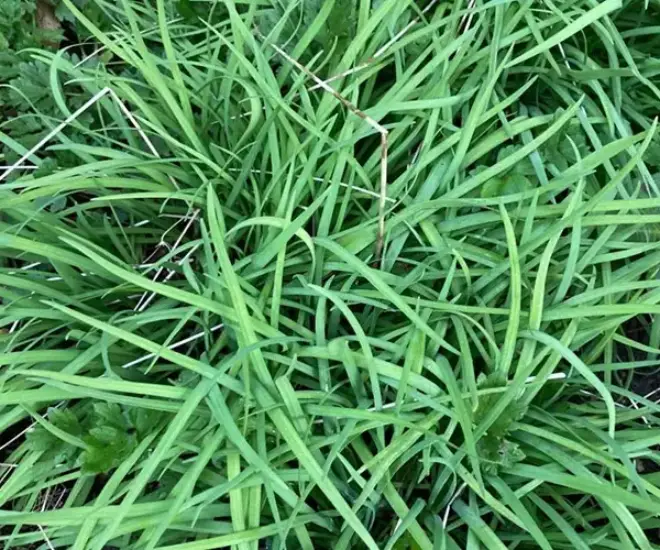
Hẹ, a versatile herb with a delicate flavor, is an integral part of Vietnamese cuisine. During summer, from June to August, hẹ begins to blossom with tiny white triangular petals, growing from the base of the pseudostem underground. The flowers then bear small fruits, about 3-4 cm long, containing black seeds that can be used for propagation. Interestingly, every part of the hẹ plant, from its leaves to flowers, bulbs, and seeds, is edible and can be used in culinary or medicinal preparations.
There are two types of hẹ. One has large, thick, and sturdy leaves, resembling spring onions. The other type boasts thinner leaves, offering a more intense flavor and a softer texture. This versatile vegetable can be transformed into a myriad of delicious dishes, including stir-fries with eggs, omelets, tomato egg soup, hẹ noodle soup, and beef stir-fry with hẹ, to name a few.
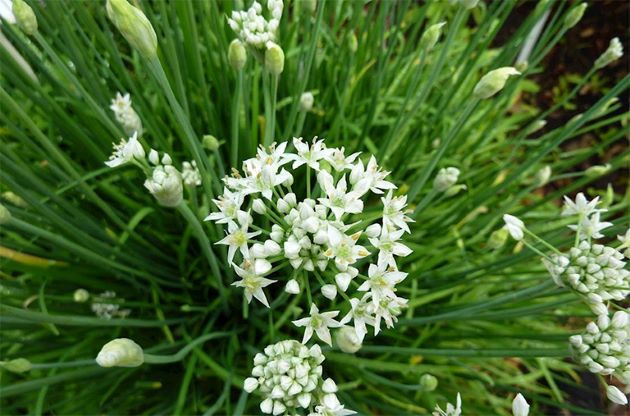
The delicate flowers of the hẹ plant.
Beyond its culinary uses, hẹ has long been revered as a “kidney booster,” earning nicknames such as “the king of kidney tonics,” “the vegetable for kidneys,” and even “vegetable oyster” due to its aphrodisiac properties. Its warming nature, mild spiciness, and rich nutrient profile, including allicin, flavonoids, and vitamins A, C, and K, make it an excellent choice for supporting kidney function, cardiovascular health, immunity, and protection against influenza and cancer. Additionally, hẹ helps detoxify the liver, improves sleep quality, and promotes eye health.
Hẹ is readily available in local markets and is quite affordable, typically costing only 20,000–30,000 VND per kilogram.
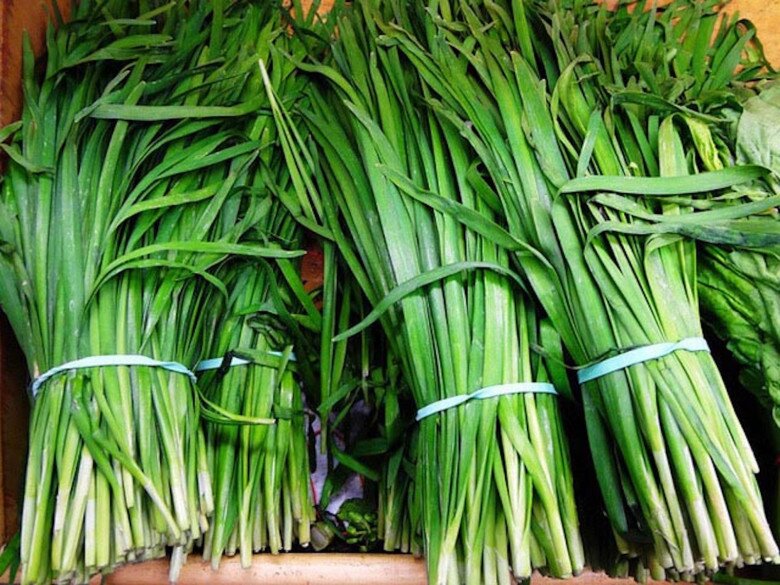
Growing and Caring for Hẹ at Home
Hẹ can be propagated from seeds or divided from an existing clump. If you choose to grow from seeds, purchase them from reputable agricultural stores and check the expiration date to ensure a high germination rate. Alternatively, you can obtain a clump from a neighbor or buy one, trim off wilted leaves and damaged roots, and cut the stem about 5–7 cm from the base before planting.
Growing from clumps is generally faster and more successful for beginners, making it a popular choice for home gardeners. You can plant hẹ in your garden or utilize containers such as plastic buckets, trays, or ceramic pots on your balcony or rooftop. Just remember to puncture drainage holes at the bottom to prevent waterlogging.
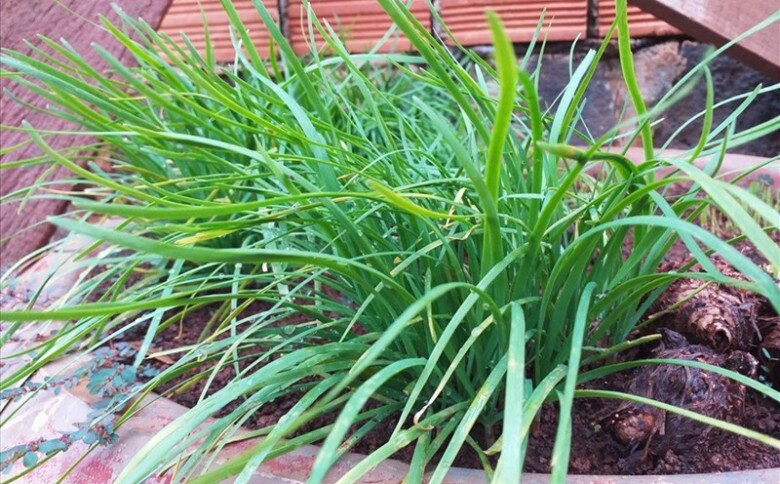
Here are some essential care tips for your hẹ plant:
– Soil: Hẹ thrives in well-drained, nutrient-rich, and airy soil. Mix soil in a 5:3:2 ratio of garden soil, growing media (charcoal, coconut coir, or burnt clay pellets), and well-rotted organic matter or worm castings. Ensure you dry the soil mixture for 1-2 days before planting to eliminate any potential pathogens.
– Light: For the first ten days after planting, keep the hẹ in a shaded area or cover it with black netting to avoid intense sunlight. Once the plant has established, place it in a spot that receives mild morning sunlight (before 10 AM) while avoiding the harsh midday sun.
– Watering: Hẹ is relatively drought-tolerant, but adequate moisture is crucial during the initial stages. Water 2–3 times a day during the first week, then reduce to 1–2 times a day depending on weather conditions. Avoid watering during the hottest part of the day, and ensure good drainage to prevent waterlogging.
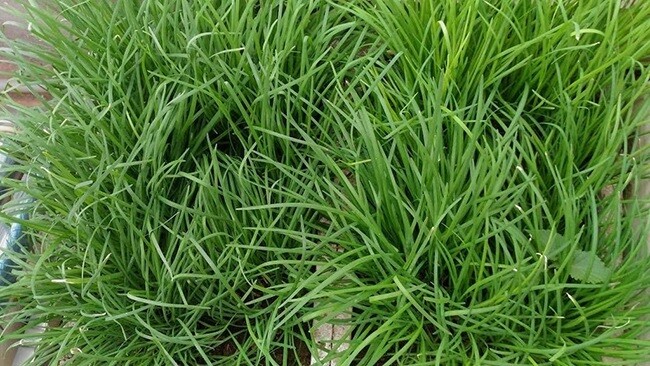
– Fertilizing: After each harvest, replenish the soil with well-rotted organic matter or worm castings to encourage new leaf growth. Additionally, you can apply a moderate amount of NPK 15-15-15 fertilizer to provide essential micronutrients. Fertilize in the early morning or late afternoon, avoiding the hottest part of the day.
– Weeding and Mulching: Regular weeding and mulching are essential for the plant’s health. If the hẹ grows too densely, thin it out to prevent competition for nutrients and light.
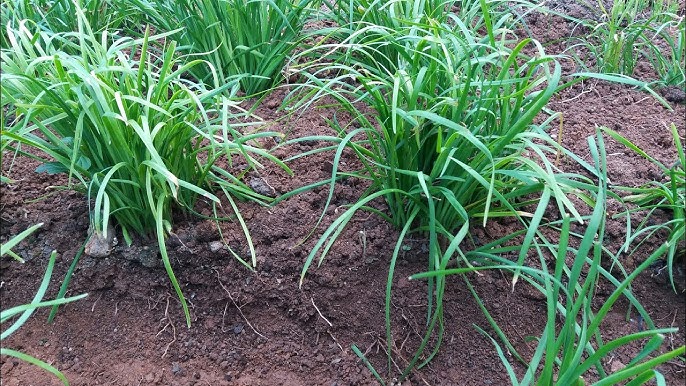
Your first harvest of hẹ will be ready in about 55-60 days. Cut the stems about 2-3 cm from the base, leaving the bulbs intact. Subsequent harvests can be done every 30-35 days. If you wish to save seeds for future plantings, leave the bulbs in the ground after harvesting, and continue caring for the plant with phosphorous-rich fertilizer and ash to encourage larger bulbs. Once the plant starts to wither, uproot it, bundle the stems together, and air-dry them in a shaded area. Finally, sun-dry the bulbs for a few hours each day to store for the next growing season.

































